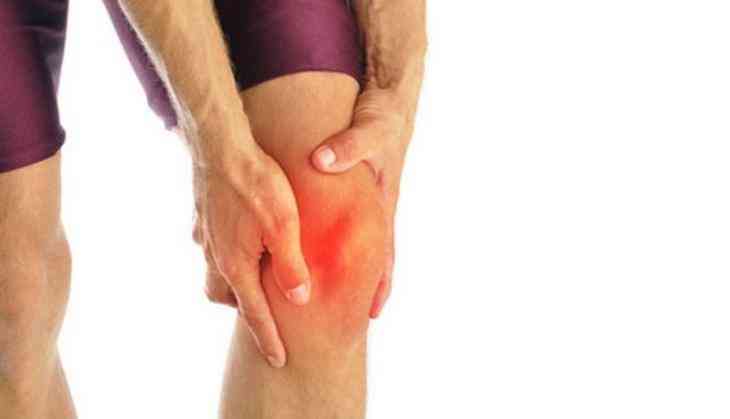
For all the arthritis, a team of researchers has found that you might not be alive today at all, were it not for your aching joints.
The study discovered a genetic "switch" that changes the activity of a key skeletal gene related to height and pinpointed a genetic variant in the switch that favours shortness and is far more prevalent among Eurasian populations than expected.
However, the study also uncovered a surprising link -- between the sequence that favours shortness and an increased risk of osteoarthritis.
"There are a couple aspects of this study that are interesting," co-author Terence Capellini said. "One is that these genetic variants are occurring in non-coding sequences, so while genes are important, this shows that the genetic machinery around a gene can have a dramatic impact on how it works. But another interesting finding is that while evolution has increased the frequency of a variant that leads to decreased height, because of linked mutations, there is also an increased risk of osteoarthritis."
From the outset, Capellini and colleagues' goal wasn't to understand that link, but simply to better understand the genetics behind height variation.
To do so, the multidisciplinary team from Harvard, Stanford, and the University of Waterloo, combined the powerful approaches of developmental biology, evolutionary genomics and bioinformatics. They chose to focus on a single gene, known as GDF5, which has repeatedly been linked to height variation in genome-wide association studies.
"This type of study has been done on upwards of 250,000 people," Capellini said. "When you look at the results of these studies, this gene comes up again and again, and when you zoom-in on the GDF5 region there are a lot of genetic variants that are also associated with height variation."
Essentially, Capellini said, those variations -- found in the non-coding regions around the gene -- can alter the activity of the gene in various areas in the body if they occur in specific genetic "switches".
"If you want to influence height, one place you want to turn on the gene is in the growth plates of bones," Capellini said. "But the reality is that, for all the height studies that have been done, no one really knows the switches, let alone which one in the GDF5 region contains the actual DNA variant that causes the change in height."
To find it, the team attached a reporter gene which produces blue colour to each potential switch, then tracked where the colour was expressed in mouse embryos. What they found, he said, was a sequence that controls the activity of the gene in the growth plates, and more importantly a single DNA base change in the switch that influences its activity and height variation.
When Capellini and colleagues deleted the GDF5 growth plate switch from mice, their bones became shorter and this was in line with what they saw when testing the human short height variant. Interestingly, they also saw that their femoral neck -- the connection between the femur and the femoral head -- grew shorter as well.
Surprisingly, Capellini also said, other tests showed that the variant in favour of shorter height is much more prevalent among both European and Asian populations -- but is rarely seen among African populations. He and his colleagues then go on to suggest that this may be due to several factors:
"We argue that shorter height may have been advantageous in the past...because if you were living in a colder climate, having a short, stocky body may actually help you survive," he said. "When you look at animals that reside in the arctic, they tend to have shorter appendages to reduce the risk of frostbite and to maintain body heat."
However, given the effect of the switch on femoral neck length, the authors also suggested that "if you're tall and you have a long femoral neck, you're at higher risk for hip fracture...So the thinking is that a shorter femoral neck might also have been a protective mechanism that's brought this sequence to very high frequency in some populations."
"It's a very interesting situation, because favourable selection during human history means the variant we are studying is now present in literally billions of people" said co-leader Kingsley.
Remarkably, the growth switch, however, wasn't the only one Capellini, Kingsley, and colleagues found.
"The variant that decreases height is lowering the activity of GDF5 in the growth plates, but there are lots of other mutations that are physically linked to it," Capellini said. "A few others occur in different switches we found, each which turn GDF5 on in the joints, and these mutations are associated with hip and knee osteoarthritis risk, and likely lower GDF5 activity in the joints."
"Interestingly, having the short height variant in this region is thus linked to having an increased risk of knee and hip osteoarthritis, because of separate mutations".
While the study offers new insight into the roles of non-coding DNA and the complex relationship between height and arthritis, Capellini warned that GDF5 is only one gene of many that play a role in height, and more work needs to be done to get a fuller picture.
-ANI


